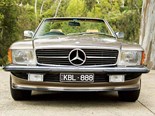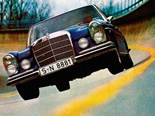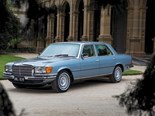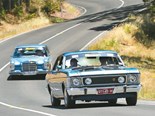Mercedes-Benz 'Fintail' 1959-67: Buyers' Guide

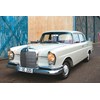
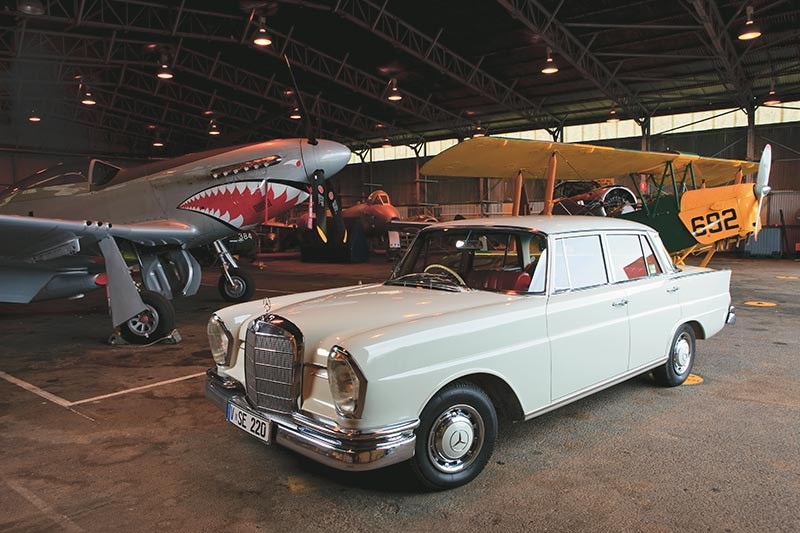

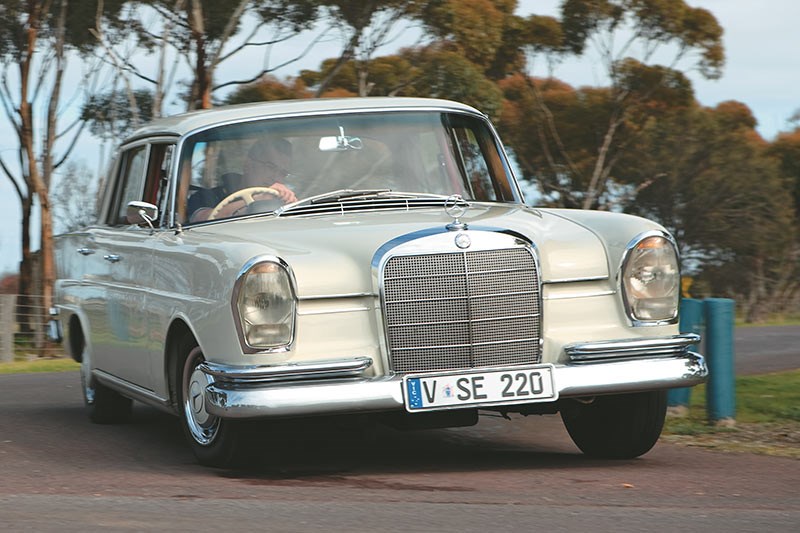

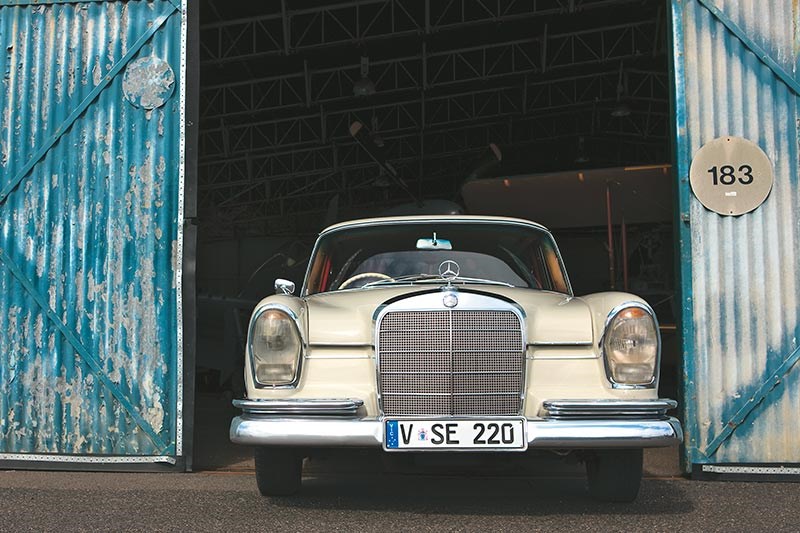


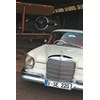
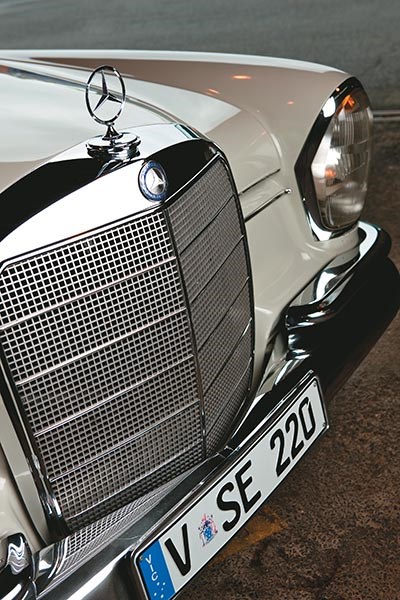

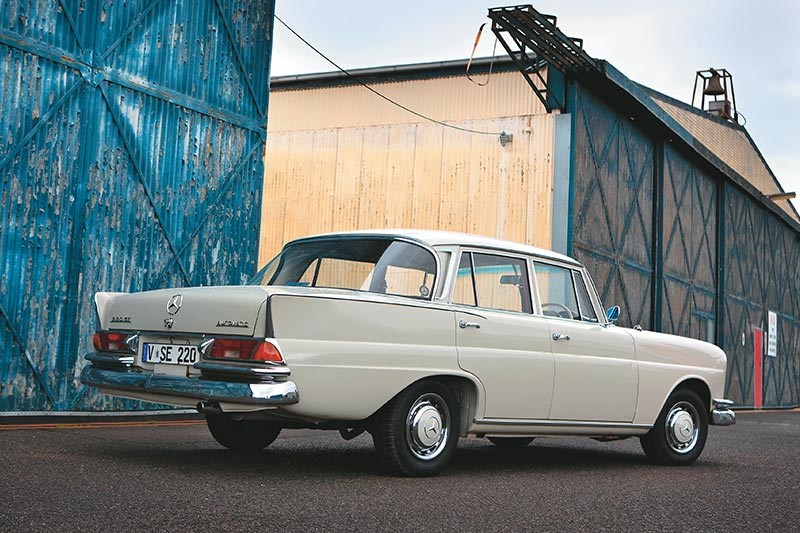


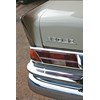

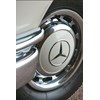
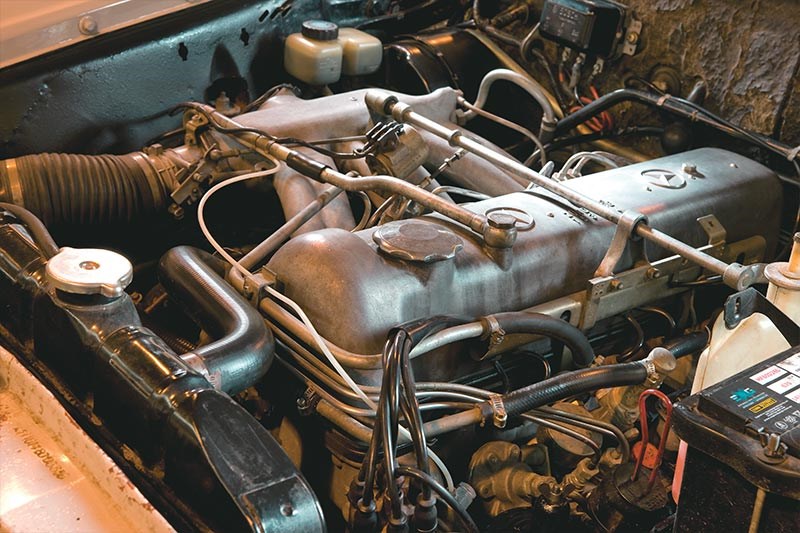

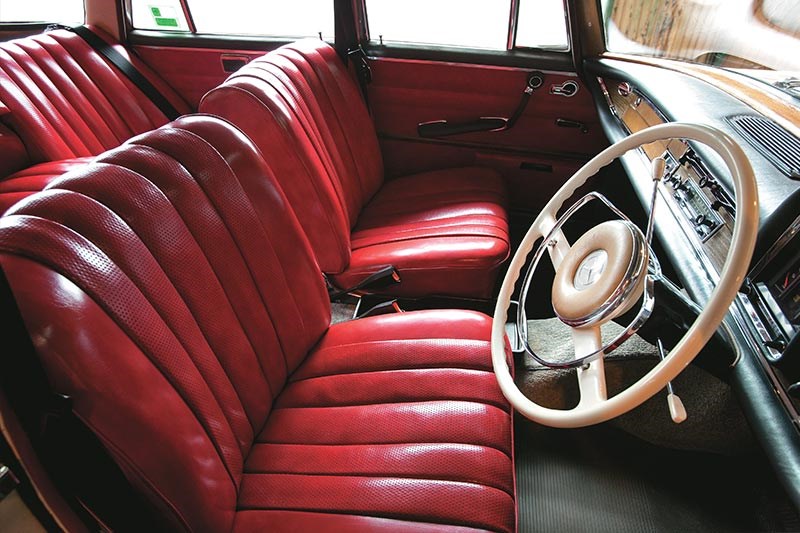

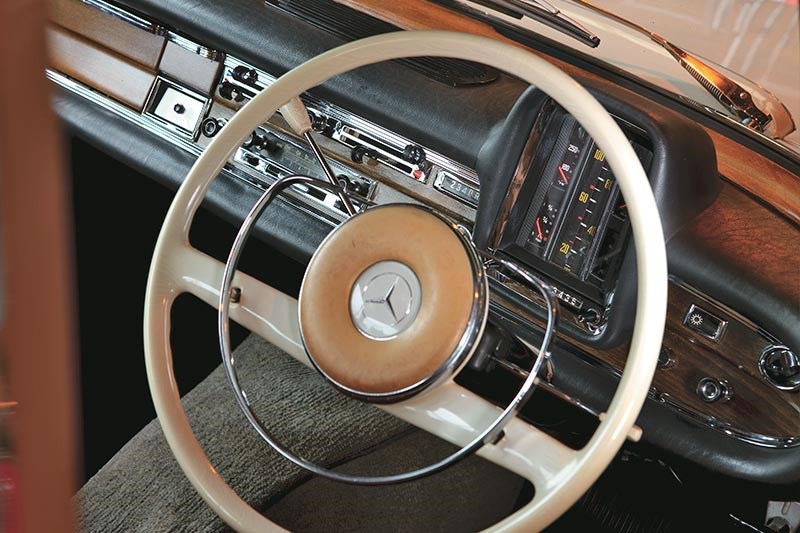




|

|

|

|

|

|

|

|

|

|

|

|

|
Mercedes-Benz's then-brave take on the 1950s fin craze was tamer than US cars of the era, but it still defines elegance
From Unique Cars issue #316, Sep 2010
Mercedes-Benz 'Fintail' 1959-67
British action films traditionally cast Mark II Jaguars as the villain’s choice, but European counterparts more likely fled to the scene of their misdeeds in a ‘Fintail’ Mercedes-Benz.
In everything from Bond extravaganzas to B-grade cheapies, the sight of a sinister, often black, Fintail usually heralded the obligatory mountain-pass chase scene. As a result, lots of 220 and 300SE models ended their days in a ball of flames or at the bottom of steep ravines.
Still, with more than 60,000 220SEs and a further 6750 high-performance 300SE sedans built, the few dozen sacrificed to the cause of celluloid entertainment weren’t seen as significant.
Introduced in 1959 as replacements for the 219 model ‘Roundy’, these impressive sedans flouted M-B’s convention of evolutionary design. With the US market in mind, the 111/112 Series delivered a distinctive tribute to knife-edge styling.
A broadened version of the cross-hatched Mercedes-Benz grille was retained and 220/230 and 300 versions added full headlamp covers inspired by the exclusive 300SL sports model.

Engines included four- and six-cylinder petrol units, with 1.9- and 2.0-litre diesels for the taxi market. In 1961, a detuned 119kW version of the all-alloy 3.0-litre SL engine powered the 300SE saloon and in 1965, a twin-carb 230S joined the range.
Improvements made during the 111/112 Series’ lifespan included front disc brakes in 1962 – the 300SE had them from the outset – with dual-circuit hydraulics coming a year later. In 1962, an optional four-speed automatic transmission replaced the previous semi-auto Hydrak system.
Australia got its first Finnies in 1960. Wheels tested a locally-assembled 220SE in its February 1961 issue and that same year, Bob Jane and Harry Firth teamed to drive a 220SE to line honours in the Armstrong 500 at Phillip Island.
Coupe and Cabriolet versions were added to the range in 1962, adding elegance but losing the fins that by then were fading from fashion. Two-door cars were elegant and expensive, yet still added 20,000 units to the production total.
Both were available with 2.2- or 3.0-litre sixes – no four-cylinder or diesel options for these ultra-exclusive versions.
While Fintail sedans were replaced in 1968, the two-door versions remained on sale until 1973. Final-series cars came with 2.8-litre sixes or a throaty 3.5-litre V8.
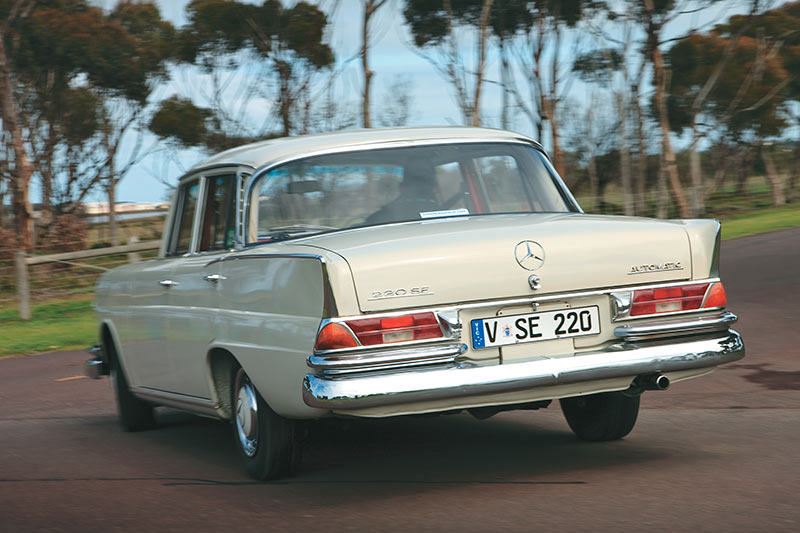
ON THE ROAD
The 111-Series Mercedes is a car that genuinely shrinks around you the further you drive it. Sliding onto the massive, fully-adjustable driver’s seat, you’re confronted by a steering wheel the size of a hula-hoop and the incongruity of a life-threatening horn ring surrounding the heavily-padded central boss.
Beyond is a glitzy padded dash with its strange vertical speedo and in the distance, the familiar three-point bonnet emblem.
The seats can be adjusted to accommodate almost any shaped human and the combination of high-top mudguards, huge windows and those fins allow you to judge exactly where the car ends and other vehicles or objects begin.
Unassisted Benz steering is heavy at low speeds but lightens noticeably once you head beyond 60km/h. Early cars were sensitive to crosswind wandering – a symptom of swing-axle rear suspension and small 13-inch diameter wheels.
Skinny cross-ply tyres were standard but most have by now been replaced by radial rubber for improved wet-road grip and reduced steering effort.
Free play at the wheel, binding or noise from the power steering (available after 1963) can signify imminent and expensive repairs. Pre-1963 models came with power-assisted, all-drum brakes, which reportedly do a reasonable job.
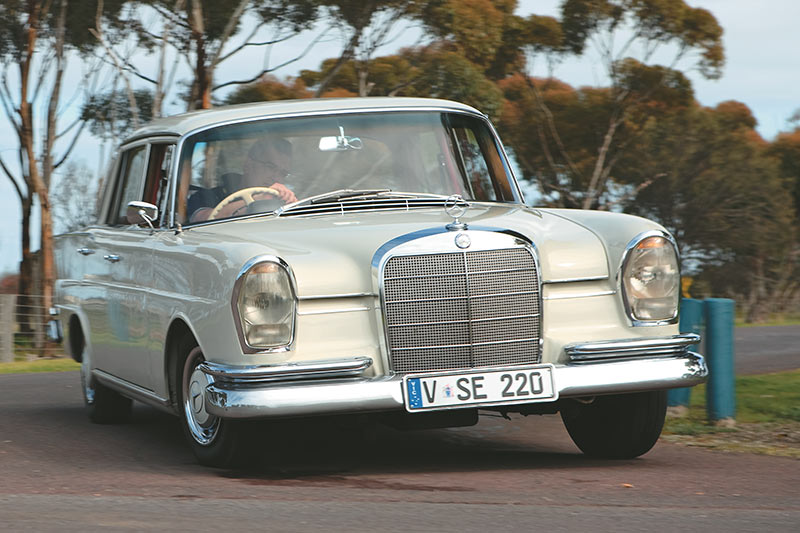
If the car is to be frequently used, a later version with front-wheel discs is preferable, though 300SEs were fitted with all-wheel discs from the outset.
Automatic cars may feel sluggish at low speeds but road-test acceleration figures confirm them as only marginally slower than manuals. Four-cylinder versions weigh only 100kg less than the 1375kg 220SE six, but are 30kW down on power against the fuel-injected cars.
Manual and automatic versions of the 220SE both ran 0-60mph (0-97km/h) in around 12 seconds – the manual car reaching 169km/h against the auto’s 163km/h. With its power advantage blunted by its 1580kg mass, the 300SE takes 11.0sec for 0-97km/h, but the auto doesn’t run out of steam until 177km/h.
The differences between transmissions became most apparent at the petrol pump where the automatic 220SE was found to be slurping Super at almost 15.0L/100km while the manual achieved 11.8L/100km.
The 300SEs with air-sprung suspension are the most desirable four-door Finnies but also the most costly to maintain. Equipment levels are up significantly on lesser versions with goodies including cloth or leather seat trim, extensive timber panelling, optional air-conditioning and a self-seeking Becker radio.

Coupes and convertibles are heavier than sedans but with no extra power, they suffer a slight performance deficit. The air-suspended 300 models should waft over bumps and other surface imperfections. Those that sit at unusual angles and shudder while attempting to perform self-levelling duties can be suffering serious and very expensive problems. Avoid them.
BUYING
Cheap Finnies are contradictions. A dollar saved on the sale price will be magnified by a factor of three when the inevitable repair and maintenance bills roll in.
Values for good-quality sedans are rising in unison with restoration costs. However, even the most over-valued Finnie is unlikely to recoup half the money outlaid on a full rebuild.
A running and reasonably sound 220S or SE should cost less than $10,000, with four-cylinder cars and sluggish diesels 15-30 percent cheaper.
At the opposite end of the scale are survivor cars with original trim, paint and chrome that can be preserved without need for expensive restoration. These and recently-restored cars are the only iron-block Finnie four-doors likely to reach $20,000.
Finding a really good 300SE four-door in today’s market is very difficult. When new in the mid-1960s, they cost the same as five Holdens so few sold here and many have been wrecked to keep the more valuable coupe and cabriolet versions running.
Cars needing lots of work – and that can mean a $100,000 outlay – might sell for $5000, while $25,000 seems reasonable for a car that’s mechanically and physically sound.
A trawl of European and American Benz specialists revealed numerous coupes and cabriolets for sale, but absolutely none of the four-door 300 variety, confirming that the scarcity issue is global.
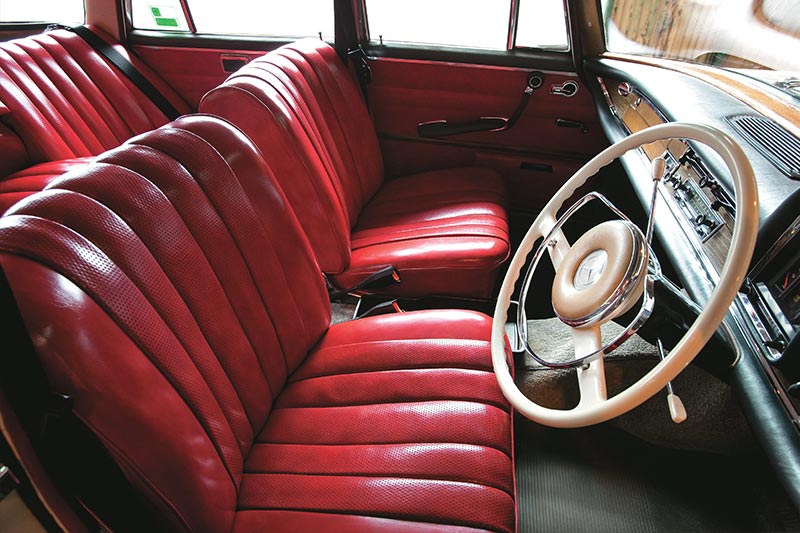
BUYER'S CHECKLIST
Body & Chassis
Scarce, expensive panels make rusty or poorly-repaired Finnies a serious liability. These were beautifully built, robust cars, but neglected ones have disappeared in massive numbers. Doors, sills and window surrounds are the most obvious areas to check for rot or sub-standard repairs. Good second-hand doors cost around $250 each, and second-hand bonnets and bootlids can also be found. But rust in the roof, quarter panels and frame will be expensive to remove. Make sure 300SE still has its C-pillar embellisher. Headlamp covers are available at less than $500 but taillamps with undamaged chrome are very scarce. Genuine, second-hand bumpers cost around $2000 each or you could take your chances with reproduction front and rear bars currently on offer in the UK for around $2500 plus freight.
Engine & Transmission
With no inherent design flaws, four- and six-cylinder Benz engines are durable and major problems stem primarily from neglect. During a test drive, ensure the engine reaches full operating temperature, then listen for hissing from the radiator and look for coolant leaks or contaminated oil. Reconditioned 220 cylinder heads are available at around $2500. Tired carburettors make S-specification cars hard to start and can affect vacuum control of the auto transmission. Replacing the alloy-block 300SE engine is almost impossible and rebuild costs easily reach $15,000. Four-speed manual and automatic transmissions are durable but a shuddering clutch, weak synchromesh or reluctance to downshift in an auto can herald a $3000 rebuild.
Suspension & Brakes
Swing-axle suspension has its detractors but the Benz version works well – providing it’s been properly maintained. The front-end must be greased every 5000km. Cars that sit with rear wheels splayed will likely need new springs and 300SE suspension must be checked by a specialist who can test the pump, valves and airbags. Parts to rejuvenate sagging air suspension will cost close to $5000. Disc and drum-braked cars stop equally well at suburban speeds but beware a soggy pedal. Fitting later, larger-diameter wheels will allow greater tyre choice.
Interior & Electrics
MB-Tex, the most common seat trim in these cars, is hard wearing and easy to replace. Leather is typically expensive and damaged door trims need to be re-made or sourced second-hand. Dash timber – lots of it in 300SEs, less or none in other models – must be restored by a specialist as the veneer is very fragile and easily damaged. Ensure all gauges work, window winders don’t bind and that electric window lifts – where fitted – are quiet and operate smoothly.
FINTAIL BENZ OWNER: BRAD OWEN
Brad Owen can thank his wife for starting their growing family of Fintails and other Benzes.
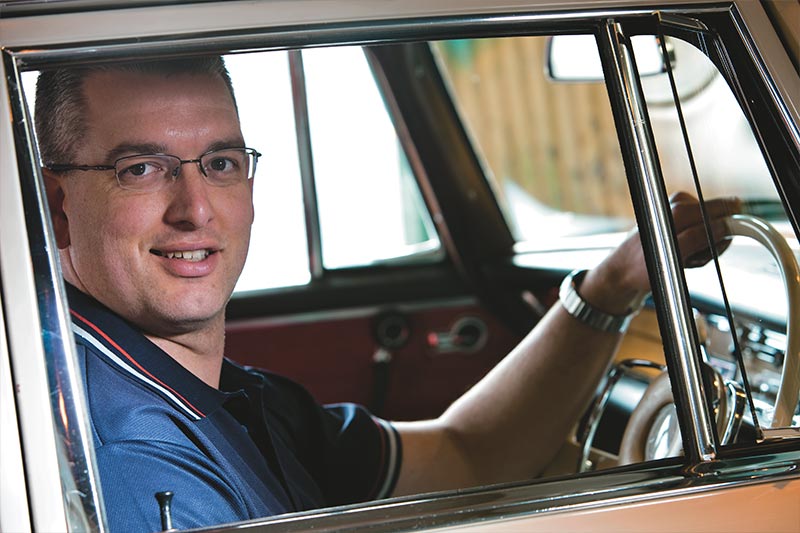
"About six years ago she traded her Laser on the 220SE and for 18 months we used it as a family car," he said.
"After that we got a 280CE, then a 190E, which we still have, then recently I acquired a pair of long-wheelbase 300SEs."
Brad is glad to have entered his Finnie phase when he did.
"There’s growing appreciation for how good these cars are and values are rising," he explained.
"The 220SE was a country car and you appreciate the quality of the suspension and engineering when you get them onto sub-standard roads as they really do ride beautifully."
Brad’s advice for buying a Benz of this age is to be prepared to pay for quality and get advice from clubs or specialist repairers and suppliers.
"Lots of parts are easy to get but things like sedan taillights are a problem and we’re hoping that the factory might do a run of replacements like they’ve done with lights for the coupes."
SPECIFICATIONS
Merecedes-Benz 'Fintail' 1959-67
NUMBER BUILT 378,261 (190-230 petrol sedan), 588,024 (190-200 diesel), 6750 (300 sedan)
BODY all-steel monocoque four-door sedan, two-door coupe and two-door cabriolet
ENGINE 1.9- and 2.0-litre petrol 4cyl; 2.2-, 2.3- and 3.0-litre SOHC 6cyl petrol, twin-carburettor or mechanical fuel injection; 1.9- and 2.0-litre diesel 4cyl
POWER 100kW @ 5000rpm*
TORQUE 171Nm @ 3500rpm*
PERFORMANCE 0-97km/h: 11.9sec, 0-400m: 19.0sec (220SE)
TRANSMISSION 4-speed manual or 4-speed automatic
SUSPENSION independent with coil springs, telescopic shock absorbers and anti-roll bar (f); independent with swing axles, coil springs and transverse coil, telescopic shock absorbers (r); (airbag suspension on 300SE)
BRAKES disc or drum (f), drum (r); power discs on 300SE (f/r)
TYRES 670 x 13 cross-ply, 180/R13 radial
PRICE RANGE $2000-22,000 (220SE sedan); $3500-35,000 (300SE sedan)
* Denotes 220SE
CONTACT Mercedes-Benz clubs in all states – www.ozbenz.net
Unique Cars magazine Value Guides
Sell your car for free right here
Get your monthly fix of news, reviews and stories on the greatest cars and minds in the automotive world.
Subscribe

.jpg)










